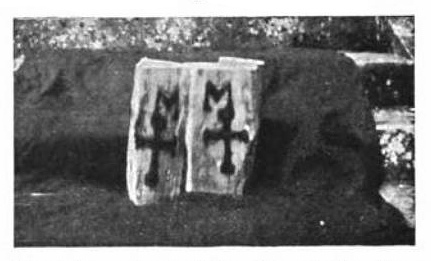
Journalist Dan De Quille meant only harmless fun with his 1865 story “The Traveling Stones of Pahranagat Valley,” a tale of mysteriously moving stones in the Nevada desert. When placed on a level surface, he had written, the strange stones would move toward a common center and form a clutch, “like a lot of eggs in a nest.”
Reportedly the account caused a furor among German scientists, and P.T. Barnum offered De Quille $10,000 for a set of the strange stones. He put them off, but the legend spread. In response to an 1871 inquiry, he wrote, “We have none of said rolling stones in this city at present but would refer our Colorado speculator to Mark Twain, who probably still has on hand fifteen or twenty bushels of assorted sizes.” (Twain and De Quille had been roommates at Virginia City.)
Still the inquiries came. Finally, seven years later, De Quille learned his lesson and confessed. “We are now growing old, and we want peace. We desire to throw up the sponge and acknowledge the corn; therefore we solemnly affirm that we never heard of any such diabolical cobbles as the traveling stones of Pahranagat — though we still think there ought to be something of the kind somewhere in the world.”
Ironically, less than 200 miles away, there were.






